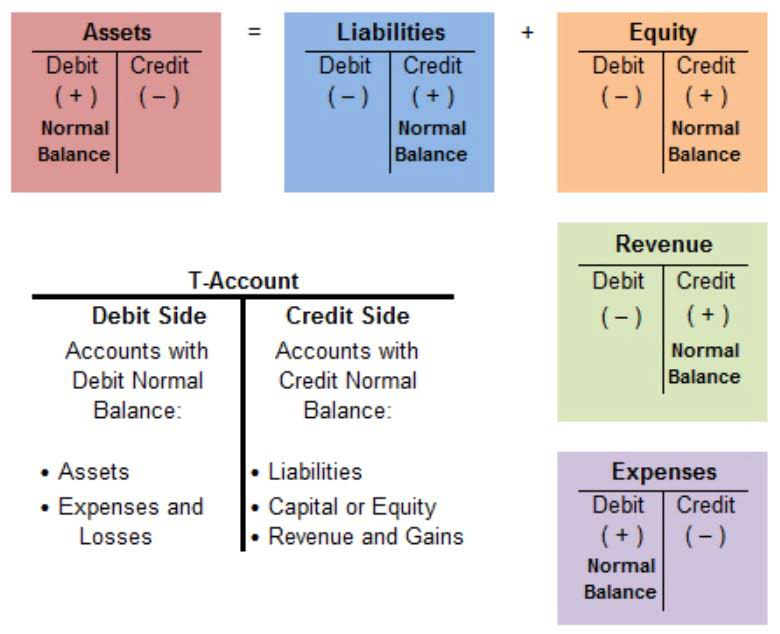As
we first discussed in
Introduction to Financial Statements, if the debt is due
within one year or one operating cycle, whichever is longer, the
liability is a current liability. Regardless of whether a company uses US GAAP or International
Financial Reporting Standards (IFRS), the closing and post-closing
processes are the same. These differences can be seen most
easily in the ratios formulated from the financial statement
information and used to assess various financial qualities of a
company. You may notice that dividends are included in our 10-column worksheet balance sheet columns even though this account is not included on a balance sheet. There is actually a very good reason we put dividends in the balance sheet columns.
- The accounting equation is balanced, as shown on the balance sheet, because total assets equal $29,965 as do the total liabilities and stockholders’ equity.
- Since the cash was received in March, the cash-basis system would record revenue in March.
- Measuring working capital over a prolonged period can offer better financial insight than a single data point.
- Debits and credits of a trial balance must tally to ensure that there are no mathematical errors.
There are ratios to evaluate your liquidity, solvency,
profitability, and efficiency. Liquidity ratios look at your
ability to pay the debts that you owe in the near future. Solvency
will show if you can pay your bills not only in the short term but
also in the long term. Profitability ratios are calculated to see
how much profit is being generated from a company’s sales.
What are the three trial balances?
When you prepare a balance sheet, you must first have the most updated retained earnings balance. To get that balance, you take the beginning retained earnings balance + net income – dividends. If you look at the worksheet for Printing Plus, you will notice there is no retained earnings account. That is because they just started business this month and have no beginning retained earnings balance.
One of the most well-known financial schemes is that involving the companies Enron Corporation and Arthur Andersen. Enron defrauded thousands by intentionally inflating revenues that did not exist. Arthur Andersen was the auditing firm in charge of independently verifying the accuracy of Enron’s financial statements and disclosures. This meant they would review statements to make sure they aligned with GAAP principles, assumptions, and concepts, among other things.
Adjusted, unadjusted, and pre-closing are alternative Working Trial Balance (WTB) names. Treating revenue spending as capital expenditure would entail, for example, debiting the machinery account for a $2,000 repair bill rather than the repair account. When an inaccurate sum is entered in the Journal or subsidiary books, errors of commission happen.
COMPANY
A prudent approach to enhancing accurate record keeping is to execute it in real-time, or as close to the transaction as possible. In general, the components of a trial balance give a snapshot of a company’s financial standing at a given point in time. By systematically presenting these components, the trial balance can conformity examples provide valuable insight into the financial strength, profitability, and overall health of a business. Liabilities, on the other hand, represent the company’s debts or obligations. They can arise from operational activities, like accounts payable, where the company owes its suppliers for goods and services received.
Regularly preparing trial balances can help businesses evaluate their financial condition and ensure the accuracy of their accounting systems. The basis for creating financial statements like the balance sheet is the trial balance, along with adjustments and further analysis. It combines all account balances, giving the information required to create precise financial statements.
Methods of Preparing a Trial Balance
After the preliminary Unadjusted Trial Balance, also known as the Trial Balance, is prepared, accountants review it and determine if corrections are required for determining adjusted balances. Balance sheet accounts include Cash accounts, Marketable Securities, Accounts Receivable, Inventory, Fixed Assets, Prepaid Expenses, and Intangible Assets. Liabilities include Accounts Payable, Accrued Liabilities, Short-term Portion of Notes Payable, Notes Payable-Long Term, and Deferred Revenues.
Definition of Trial Balance in Accounting
However, there is also the possibility
that the company might choose to identify long-term financing
options for the acquisition of expensive, long-term assets,
assuming that it can qualify for the increased debt. The cash-basis system
looks as though no revenue was earned in the first two months, and
expenses were excessive. If the debit column were larger, this would mean the expenses were larger than revenues, leading to a net loss. The $4,665 net income is found by taking the credit of $10,240 and subtracting the debit of $5,575. When entering net income, it should be written in the column with the lower total. If you review the income statement, you see that net income is in fact $4,665.
Understanding the Components of a Trial Balance
This net income figure is used to prepare the statement of retained earnings. A company’s transactions are recorded in a general ledger and later summed to be included in a trial balance. Trial balances still have value in some situations, even if the process of checking credit and debit balances has been automated by contemporary accounting software. The debit and credit balances are listed in the column of both the debit and the credit side. This method ensures that each account’s balance accurately represents in the TB.
What are the Limitations of a Trial Balance?
Bookkeepers and accountants use this report to consolidate all of the T-accounts into one document and double check that all transactions were recorded in proper journal entry format. Two calculations a company might use to test for liquidity are
working capital and the current ratio. Working
capital, which was first described in
Introduction to Financial Statements, is found by taking
the difference between current assets and current liabilities. Cash-basis accounting is a simpler
accounting system to use than an accrual-basis accounting system
when tracking real-time revenues and expenses. If we go back and look at the trial balance for Printing Plus, we see that the trial balance shows debits and credits equal to $34,000.







